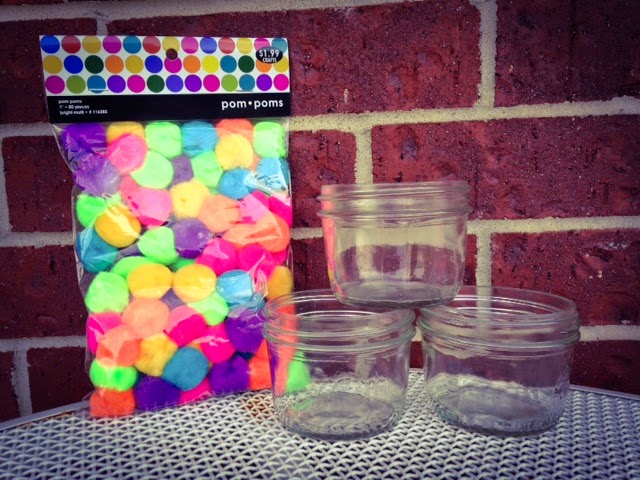I once sat in an adult Sunday School class and heard the teacher ask a question. I formulated a response but didn’t immediately say anything. I tend to talk too much in class and don’t like being that guy, so I held back. When nothing was forthcoming from any other student I raised my hand and offered my thought. The teacher smiled at me and very kindly said “That’s wrong – does anyone else have a thought?”
Well, that stung, but not because she thought I was wrong. I may or may not have been but the deeper issue was this: I wanted to be in the game. I wanted to play and she just kicked me out. My answer didn’t fit her game plan and I was eliminated. For the rest of the class I sat there silently, wondering if I was wrong but also wondering why she wouldn’t let me explain my thinking. The pain wasn’t permanent and by the next class I was back to talking, but I keep thinking of how many people have been scarred deeply by such an experience and decide never to play again.
If you haven’t read Malcolm Gladwell’s book Blink, you should. It is full of insightful little essays about how and why we make the choices we do every day. In one of the essays he speaks of watching an improv troupe one evening and being fascinated by their ability to create something dramatic out of almost nothing and keep a steady flow of humor in their work. In trying to discover how they did it he was taught this lesson: “One of the most important rules that make improv possible is the idea of agreement, the notion that a very simple way to create a story – or humor – is to have characters accept everything that happens to them.” That is, when one character offers a line (and this is all impromptu) the other character has to accept it and do something with it. For example if one of the characters says “Doctor, I broke my leg” the other character can’t say “No, it looks just fine”. He has to accept the idea of a broken leg and build from there. To refuse the line is to kill the action.
That is true for the classroom too. Great teaching and learning are hastened as the teacher listens to and accepts what the students offer in conversation, even the things that you initially find absurd. By learning to accept what is said and then doing something with it, you validate student thinking and help in the learning process. You can take what they give you and help shape a response. Here are some ideas how you can do that.
If a student offers a comment or thought that meshes well with the lesson and /or the conversation, give that student thanks. It can be quick or extensive as the occasion and the student require. It could just be a smile or a nod of the head. It could be a pause, followed by “Wow that was great. Thank you.” You will know what to do and say with each student and in each circumstance.
If a student gives you something that is tentative or slightly askew in relation to the direction the class is flowing, ask him for a little more. Try to discover what he was thinking as he said it. Students like to show just the tip of the iceberg and usually have more to say if we invite them to say it. Make the invitation. Ask him for more, to add to his answer or to expand on what he just said. It is initially surprising to the teacher to find out such things.
If a student gives a comment or response that seems miles off, I like to say something like “You know, I’ve never thought of it that way. Help me see what you see.” If they were just saying something silly they will usually admit it and we all have a good laugh and move on. But many times they have something to say, something important to say, and if I don’t give them latitude to say it and explain it, we all have missed out on something important.
It’s not the job of a teacher to catch students being wrong. That benefits no one. It is the teacher’s job to teach so that students learn, and one real good way of doing that is to take what they give you and do something with it.







